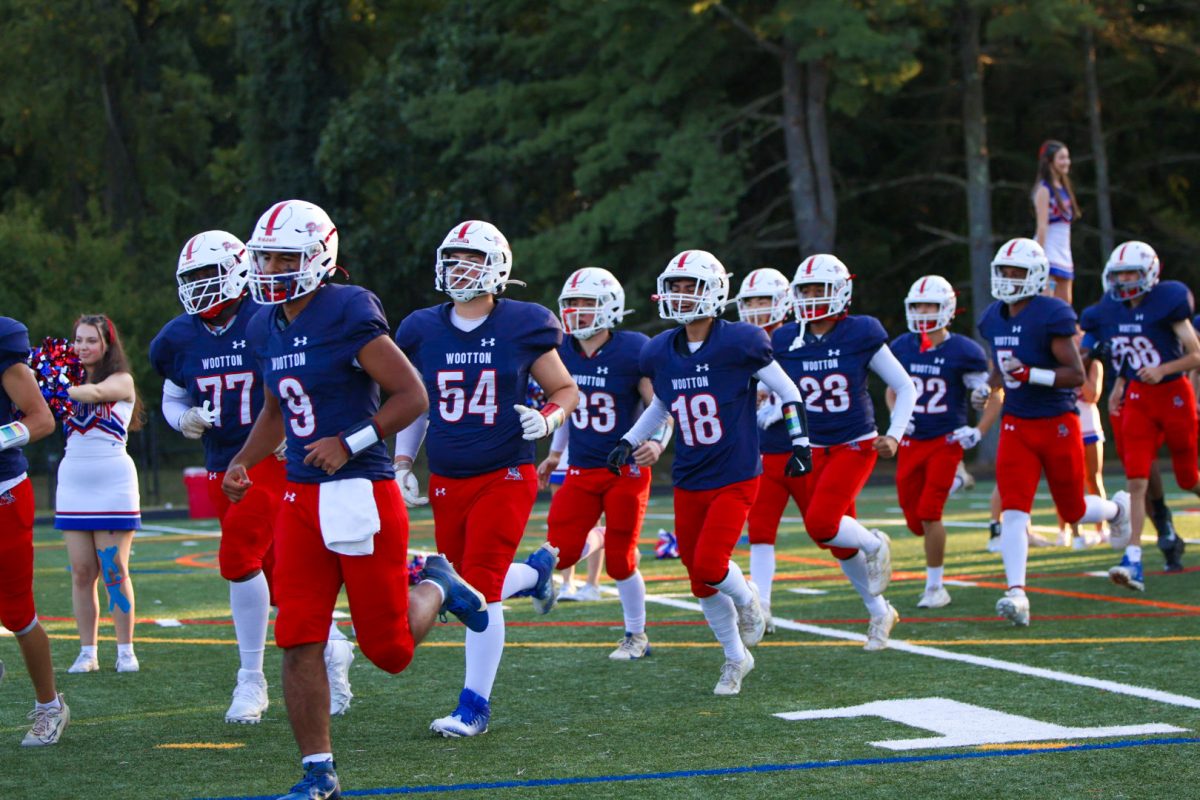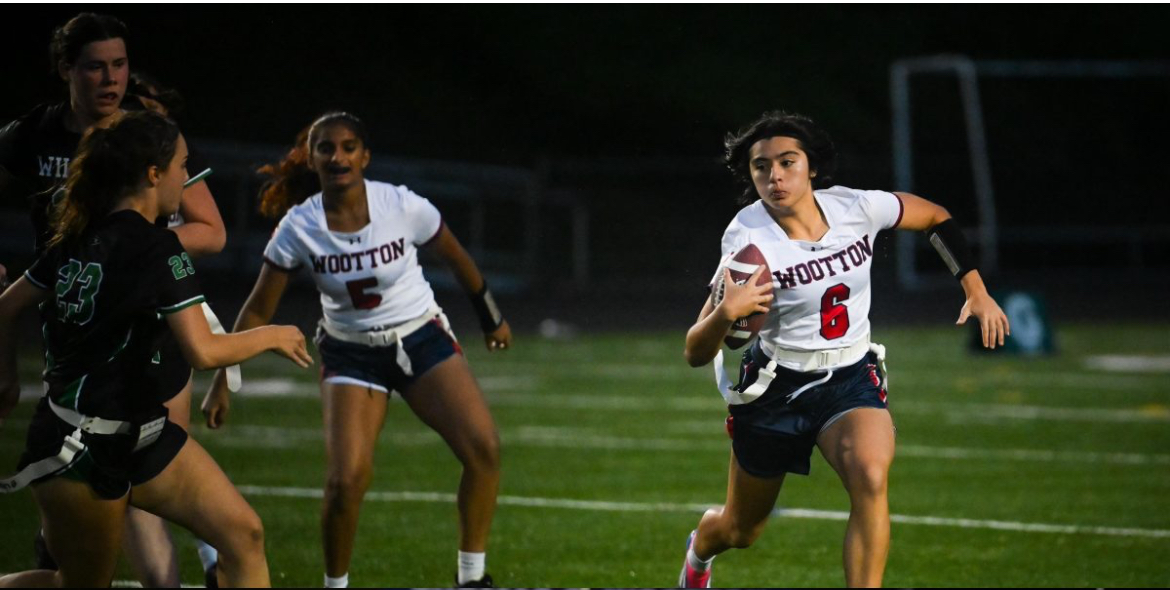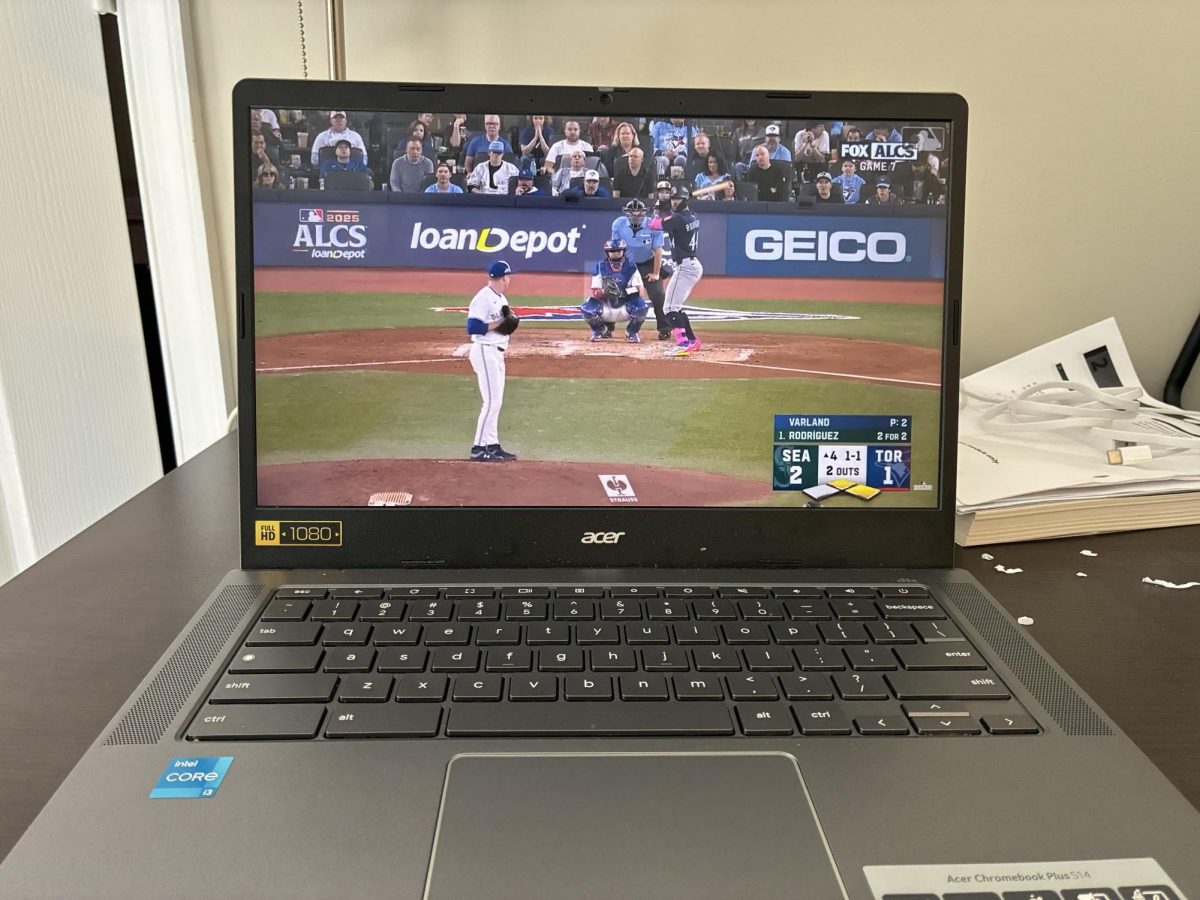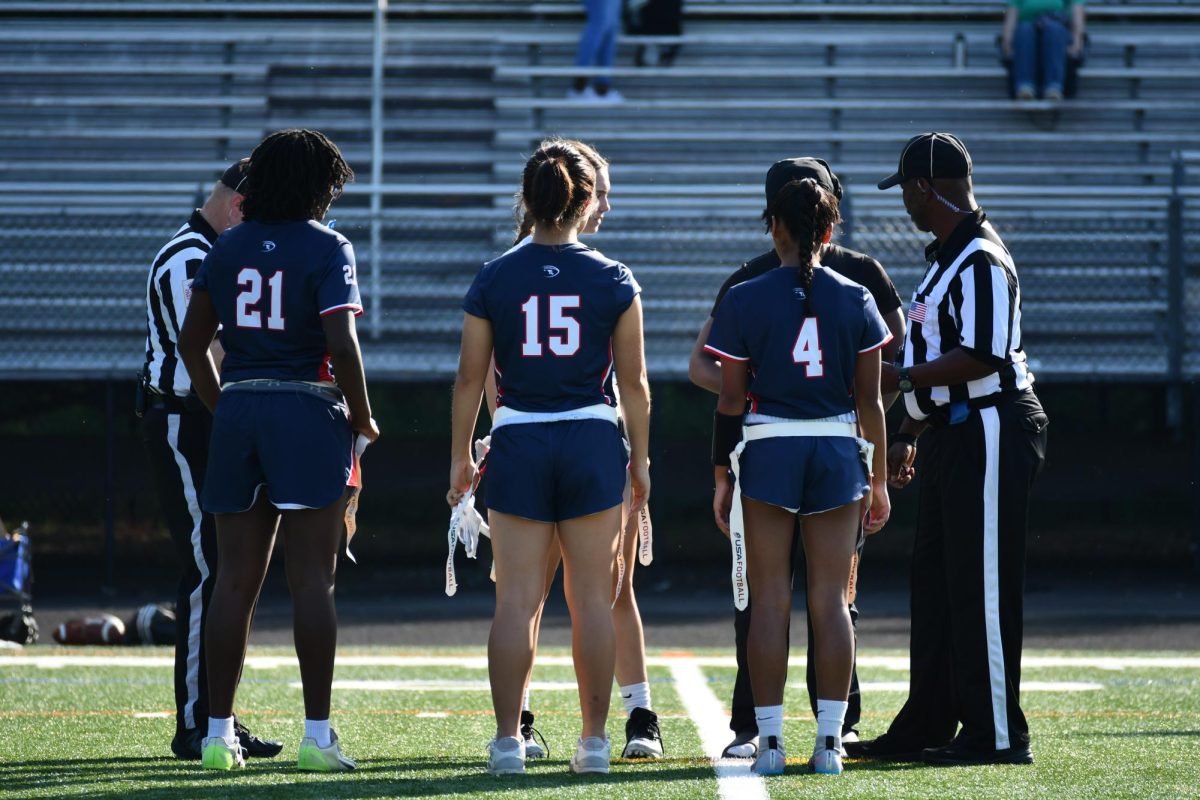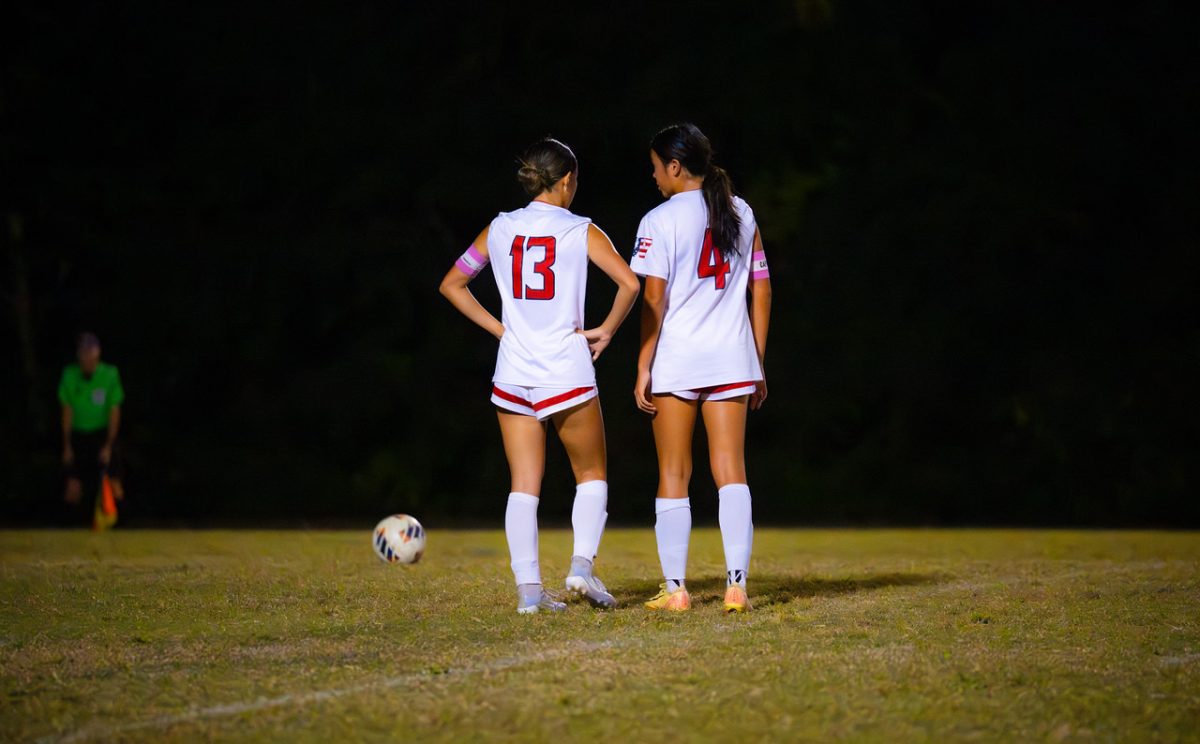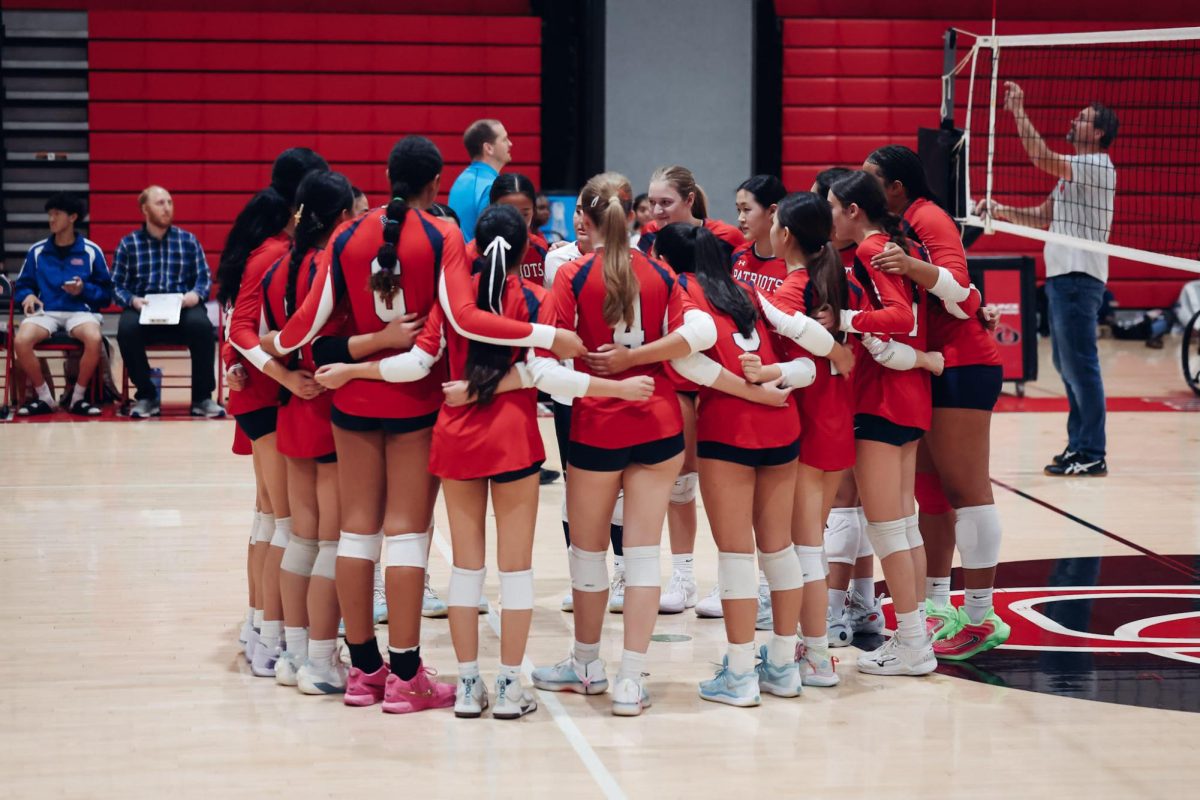To an outsider, the position of captain of a high school sports team can seem to be merely a title, little more than a patch on a sleeve or a nice addition to a resume. In my first years of high school, I looked forward to having leadership opportunities as a senior, but just like an outsider, I could not fully comprehend the responsibilities of the position. Serving as a captain on this school’s cross country team throughout the summer and fall opened my eyes to the challenges, nuances and joys of leadership.
Though I compete in an endurance sport, this season tested my endurance more than any other, teaching me that leadership takes effort. As a captain, my main responsibilities were to maintain order, but also to foster a warm, inviting team environment that would put runners in the best position to succeed. These duties (ranging from hosting team dinners to leading post-practice stretching) can be challenging, especially on a team with 130 runners spanning all four grade levels. They also require daily commitment and frequent personal evaluation. And at times, practice felt like juggling two sports at once – training as a varsity athlete and fulfilling captain responsibilities. Add in all of the stresses of senior year (cough, cough, college apps), and it’s not difficult to understand why senior leaders looked (and felt) like zombies at the end of some practices.
Undertaking the duties of captainship was no easy task, but seeing the difference that strong leadership makes motivated me to give my best effort. While coaches are the authority figures of any team and have ultimate decision-making, the team will not reach its potential unless its athletes buy into the training, and student leaders are essential to this aim. As athletes, captains can relate to their teammates in ways coaches cannot, and they can share past experiences with younger athletes. Captains are also in the unique position of being an example for other athletes, providing direction and guidance through the complexities and confusion of a high school sport.
One final truth about leadership is that it is contagious. During my years on the team, I have learned from three classes of seniors and seen how each captain’s unique style added to the team. The same goes for my coaches, and having the experiences of watching them as leaders provided me examples to emulate once I took on captain duties. Sharing responsibilities with the other captains on the team bolstered each of our leadership contributions. When one person stepped up and took initiative, it encouraged the rest of us to step out of our comfort zones and make an impact. And with some of the younger runners, including next year’s senior class, I can see those same leadership traits emerging.
From running around Rockville searching for a stray freshman, to frantically preparing my house for a team dinner, my time as captain has posed the ultimate test of my physical and mental capabilities, but I have found it one of the most rewarding parts about high school athletics that I have experienced. Moments such as leading my team in pre-race chants and delivering pep talks are highlights of my career and created an incomparable sense of unity and pride – two of the best gifts that high school athletics have to offer. These lessons I have learned from my time as a cross country captain have directed me towards one overarching takeaway – the true impact of leadership can’t be measured by any statistic, but its ultimate worth to a team is invaluable.


